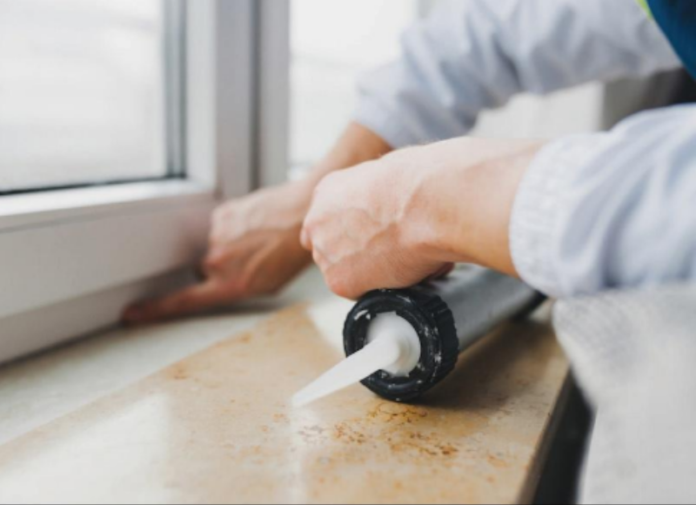Now that the weather has turned chillier, it’s time to make sure your home is in tip top shape. Here are 5 steps to winterizing your home. Some of these tips can also help you save on some energy bills.
Reverse Your Fans
This is something that many either don’t know or they often forget about. During the summer, your fan should run counter-clockwise, if you’re looking straight up at it, to send the air straight down. The warmer it is, the faster the speed. However, during the winter, you want your fan to run at a low speed clockwise. This tip does work better if your ceiling fans are energy start and in concert with other energy tips like those that follow.
Winterize Your HVAC
Schedule regular maintenance on your AC and heater including your seasonal check-ups. Many service companies have a program where you pay a set amount each year and annual check-ups and seasonal maintenance are included. Furthermore, you’ll want to change your filters roughly every 30 days, and seal your ducts for the winter. For further savings, turn your heat down a few degrees.
Turn Down Your Water Heater
Conventionally, many installers set water heaters to 140 degrees, but more recently, energy companies and experts recommend a water heater that is set to 120 degrees. This simple change could reduce your bill anywhere from 6 to 10 percent. If you’re looking for further savings, upgrading to a tankless water heater or even going solar could reduce your overall bill. You might be eligible for federal energy credits by making changes to your water heater, HVAC system and windows.
Caulk Windows and Block Drafts
Drafts within your home can waste anywhere from 5 to 30 percent of your energy use, according to the U.S. Department of Energy. By blocking the bottom of a door with a draft snake or even a towel, you can save quite a bit. By renewing the caulking on your windows and other openings, you can save even more. However, if you have an older home with older windows, you may save more money in the long run by replacing the windows.
Insulate Pipes
By insulating your pipes, you’re ensuring that it takes less work to get hot water. If your pipes are warm to the touch, they’re good candidates for insulation. Furthermore, by insulating them, you’ll keep your pipes from freezing during those especially cold days. In that same instance, if your water heater is warm to the touch, it could use its own insulation. You can get pre-slit piping from most hardware and home construction stores.
These changes can help you to not only have a warmer home this winter but to also lower your energy costs.
Subscribe to our Newsletter!


































